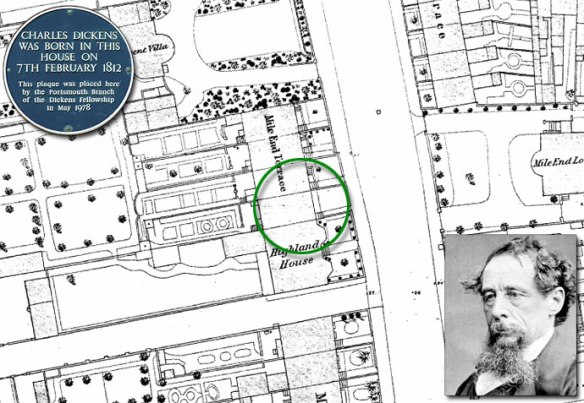
Map: Ordnance Survey Town Plan 1:500 first published 1908
The Rochdale Society of Equitable Pioneers was a group of 28 that was formed in 1844. The society was made up from a variety of local trades with more than half involved in the production of textiles – ten of them flannel weavers whilst others were cloggers, shoemakers, joiners or cabinet makers, but they united in common cause against the oppressive poverty facing their community in 1840s Rochdale.
As mechanisation forced more and more skilled workers into poverty, these tradesmen decided to band together to open their own store selling food items they could not otherwise afford. With lessons from prior failed attempts at co-operation in mind, they designed the now famous Rochdale Principles, and over a period of four months they struggled to pool £1 per person for a total of 28 pounds of capital. On 21 December 1844, they opened their store in 31 Toad Lane with a very meagre selection of butter, sugar, flour, oatmeal and a few candles. Within three months, they expanded their selection to include tea and tobacco, and they were soon known for providing high quality, unadulterated goods. Ten years later, the British co-operative movement had grown to nearly 1,000 co-operatives. Although other co-operatives had preceded them, the Rochdale Pioneers’ co-operative became the prototype for societies in Great Britain.
A visitors book was kept in Toad Lane from the 1860s and shows the range of their influence. By 1862 German, Spanish and Russian visitors had made their way to Rochdale to see how a successful co-operative was run. The following year Alexander Campbell, the Scottish Owenite and originator of the dividend signed the book. The first Japanese signatory was Tomizo Noguchi in 1872.
Rochdale Pioneers traded independently until 1991, with name changes inspired by mergers with neighbouring co-operatives, finally ending up today as the The Co-operative Group.
To find maps of your are visit Cassini Maps




 Botchergate, Carlisle (MAP: OS Town Plans 1:500 – published in 1865)
Botchergate, Carlisle (MAP: OS Town Plans 1:500 – published in 1865)




